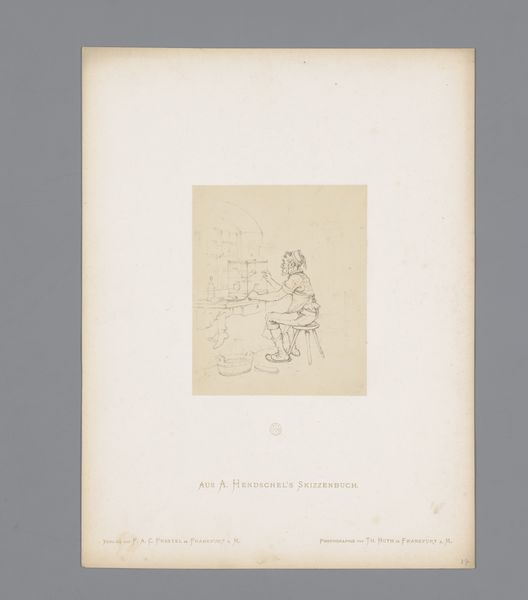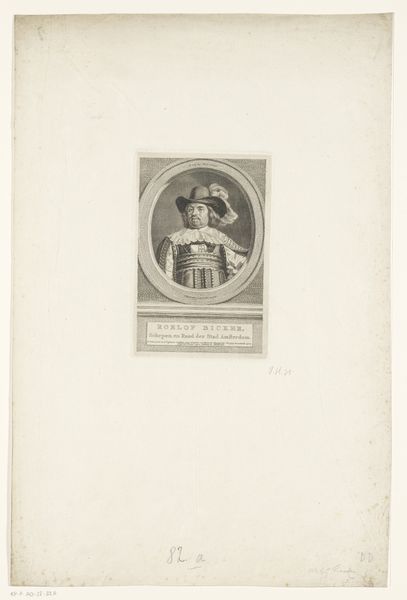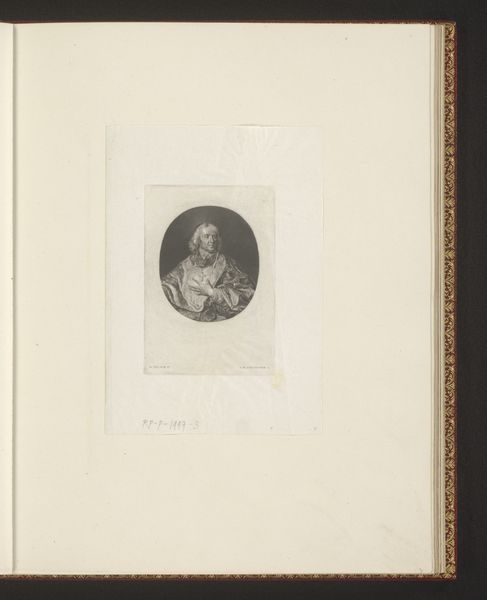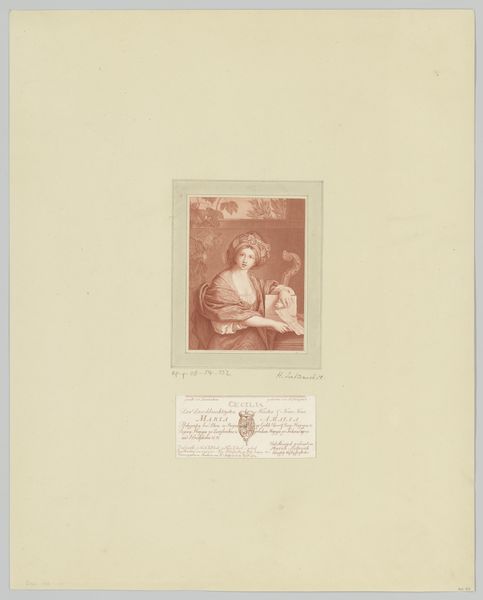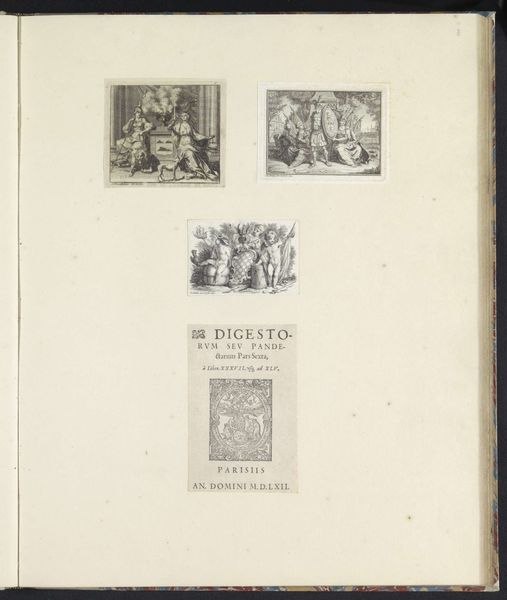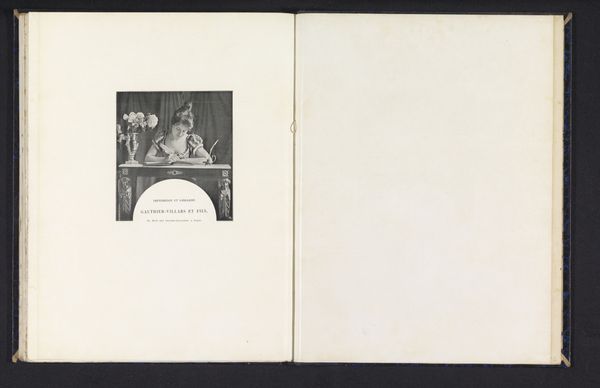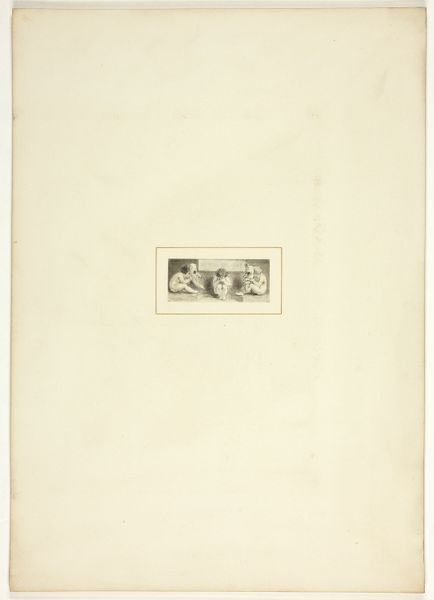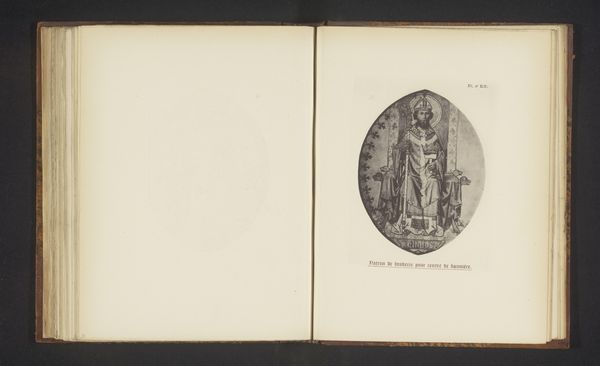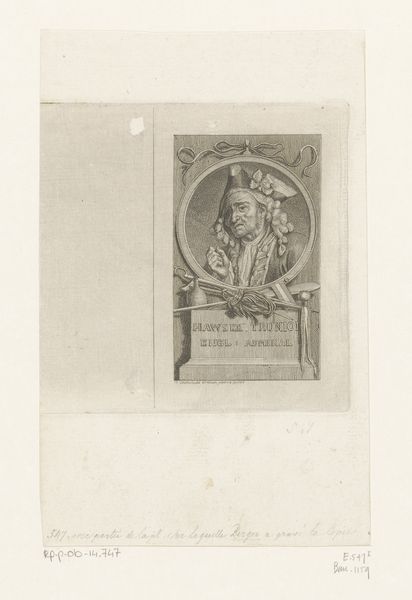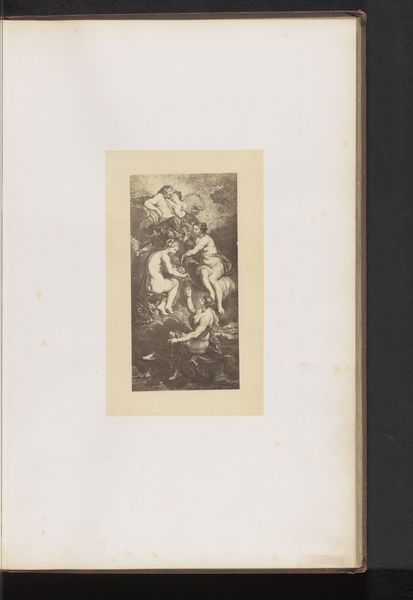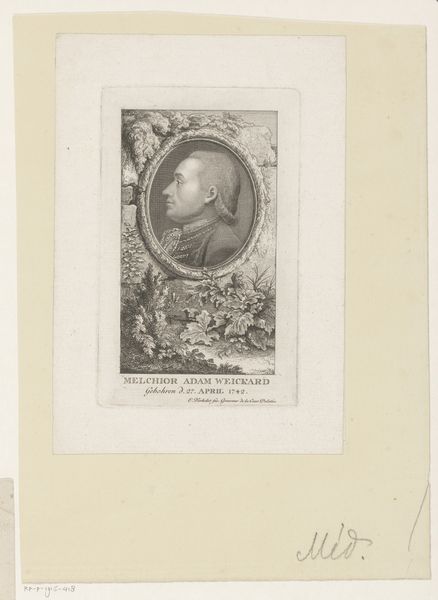
drawing, print, paper, engraving
#
portrait
#
drawing
# print
#
paper
#
history-painting
#
academic-art
#
engraving
Dimensions: 71 × 65 mm (image); 174 × 153 mm (plate); 271 × 283 mm (sheet)
Copyright: Public Domain
Editor: Here we have Francesco Bartolozzi’s engraving of Charles Brandon, dated to 1798. It's quite formal, almost severe in its presentation. I’m struck by how meticulously detailed the lines are, especially considering it's a print. What draws your eye when you look at this work? Curator: Immediately, the process jumps out. Engraving is a deeply laborious, craft-intensive method. Each line represents a conscious act of labor, a physical engagement with the material. The choice of paper is crucial too; it’s not merely a surface, but an active participant in the final aesthetic. Look at the texture, how it receives the ink. It was published as being 'In his majesty’s collection,’ do you think this piece reinforced the social hierarchy through its means of production? Editor: Definitely. It makes me think about accessibility too. An engraving meant multiples could be produced, making images like these available to a broader, though still elite, audience. How does this mass production interact with its seemingly aristocratic subject matter? Curator: Precisely. It brings up the interesting tension between artistic skill and industrial production. Bartolozzi wasn't just an artist, he was also running a business, participating in a market of images and status. Notice the inscription noting publication details – that's crucial economic context. What do you make of the fact that is 'after' Holbein? Does that add a new layer? Editor: I hadn’t noticed that before! I wonder how much Bartolozzi, who created this print, changed or interpreted Holbein's original vision. It's a copy, but also an interpretation, which really complicates the whole idea of artistic creation and ownership, and value of work, doesn’t it? Curator: Exactly! By analyzing the labor involved, the materials selected, and its socio-economic function, we start to understand the complexities of art production and its engagement within power structures. Editor: This conversation's helped me see past the image itself, understanding how deeply intertwined its materials, production, and consumption are! Curator: Agreed! Focusing on the 'how' and 'why' of its making gives us valuable insights into its historical significance and lasting impact.
Comments
No comments
Be the first to comment and join the conversation on the ultimate creative platform.
